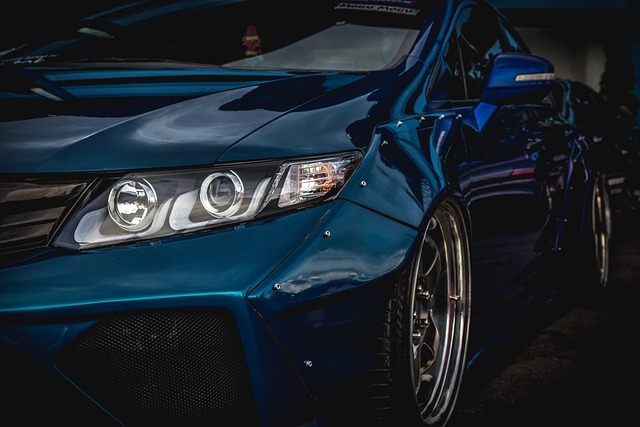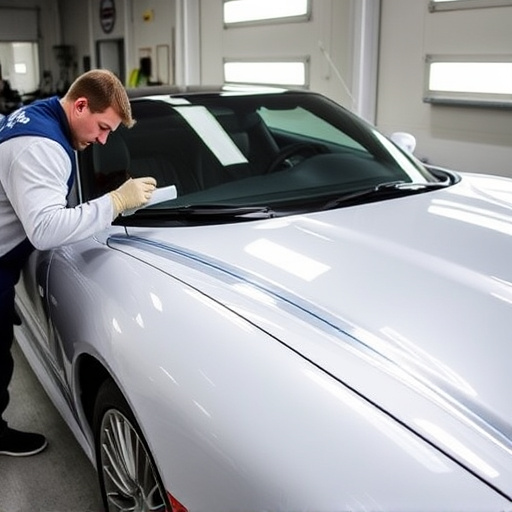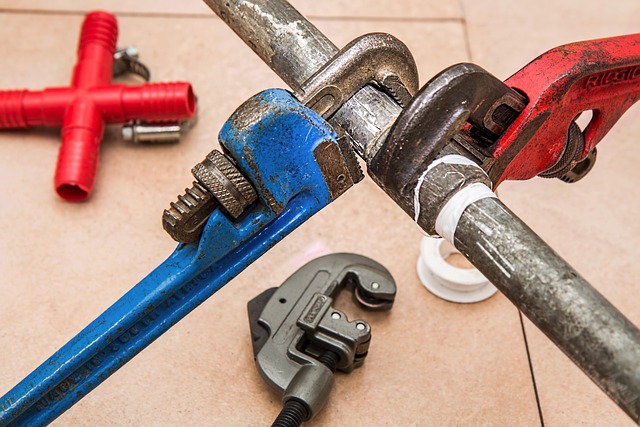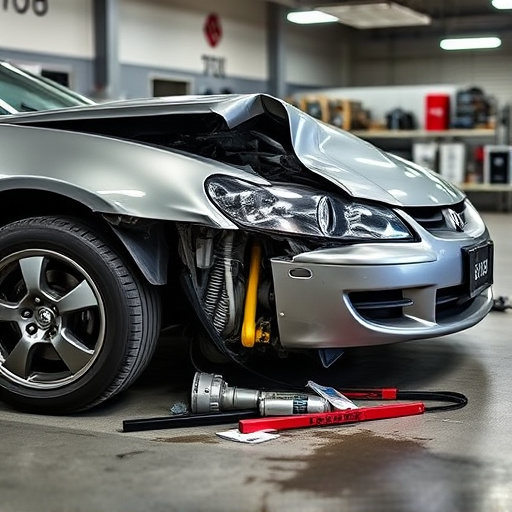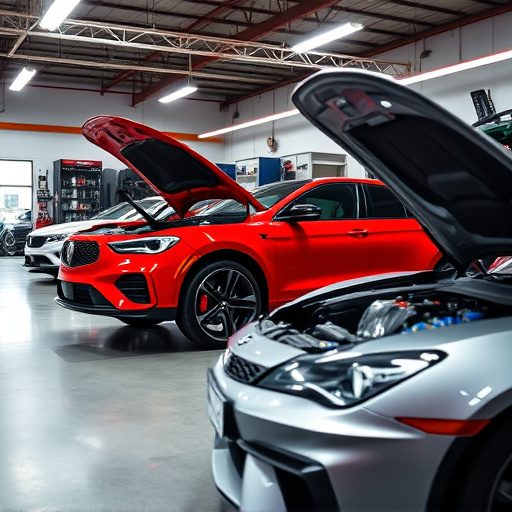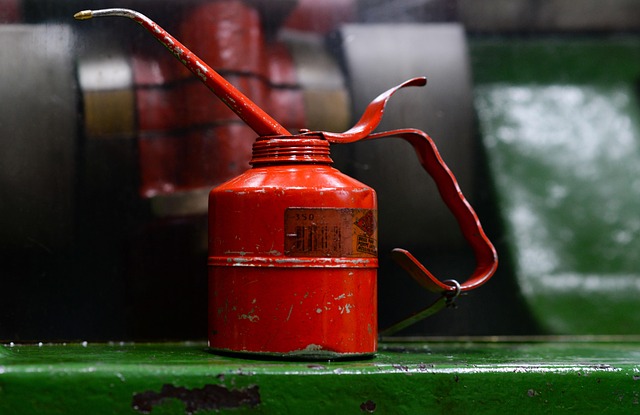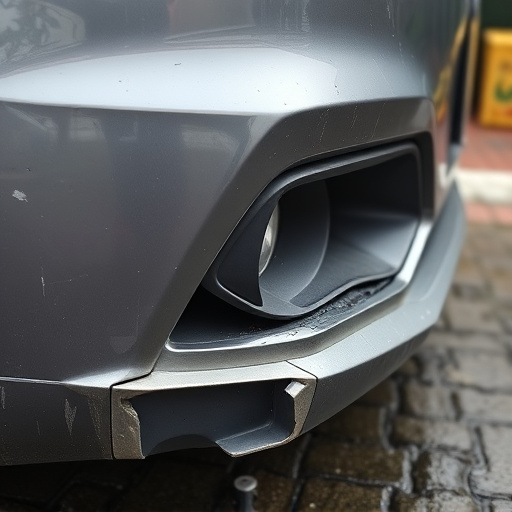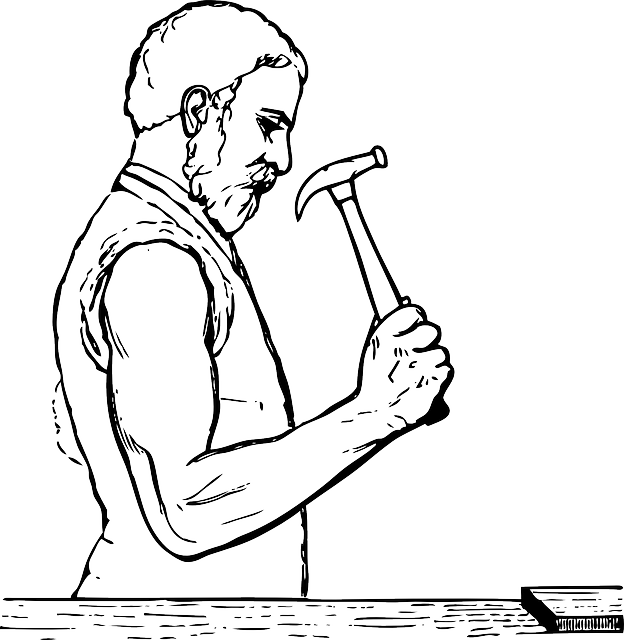Spectrophotometer color matching is a precision color analysis technique using specialized tools to measure light absorption at specific wavelengths. In car repair, it's crucial for restoring vehicles' original finishes, maintaining aesthetic appeal and value. Modern innovations like AI have enhanced accuracy, enabling non-destructive testing in diverse industries from automotive to manufacturing. Initially lab-bound, this technology is now widely applied, aiding in bodywork, restoration, and quality control. Future trends suggest integration into advanced materials science and 3D printing, promising unprecedented efficiency across multiple fields.
“Dive into the world of precise color measurement with our comprehensive guide on spectrophotometer color matching. Understanding the basics is just the first step; we unravel advanced techniques to enhance accuracy in this critical process. From real-world applications across industries to emerging trends, this article explores how modern science leverages spectrophotometers for impeccable color reproduction. Discover the future of color management as we delve into the latest innovations in spectrophotometer color matching.”
- Understanding Spectrophotometer Color Matching: The Basics
- Advanced Techniques for Enhanced Precision in Color Measurement
- Real-World Applications and Future Trends in Spectrophotometer Color Matching
Understanding Spectrophotometer Color Matching: The Basics

Spectrophotometer color matching is a precise method used to analyze and replicate colors accurately. It works by measuring light absorption at specific wavelengths using a spectrophotometer, a specialized tool designed for such tasks. This process involves comparing a sample’s color with known standards, enabling technicians to identify and match colors with incredible accuracy.
In the context of car repair services and auto glass repair, this technology is invaluable. Body shop services often rely on spectrophotometer color matching to restore vehicles’ original finishes seamlessly. By ensuring exact color coordination, repairs become less noticeable, maintaining the vehicle’s overall aesthetics and value—a crucial aspect for those seeking top-notch auto care.
Advanced Techniques for Enhanced Precision in Color Measurement

In the realm of spectrophotometer color matching, advanced techniques play a pivotal role in enhancing precision and accuracy. Beyond traditional methods, modern innovations have introduced sophisticated tools that elevate the art of color measurement. These cutting-edge technologies employ intricate algorithms and sensitive sensors to capture even the subtlest variations in hue, saturation, and luminosity. By leveraging these advancements, professionals across industries—from auto glass repair and fender repair specialists to car bodywork services—can achieve unparalleled consistency and detail in their color matching endeavors.
One such game-changer is the integration of artificial intelligence (AI) into spectrophotometry. AI algorithms can analyze vast datasets and learn from previous measurements, enabling them to predict and adjust for environmental factors like lighting conditions. This ensures that every color measurement taken under different circumstances remains precise and reliable. Furthermore, these advanced techniques allow for non-destructive testing, preserving the integrity of materials while delivering meticulous results, whether it’s for restoring a classic car’s paint job or ensuring perfect color matching in large-scale manufacturing.
Real-World Applications and Future Trends in Spectrophotometer Color Matching

The versatility of spectrophotometer color matching extends far beyond laboratory settings, with numerous real-world applications across various industries. In the automotive sector, for instance, it plays a pivotal role in ensuring precision during car bodywork services and intricate car restoration processes. By accurately measuring and matching colors, professionals can restore vintage vehicles to their former glory or achieve flawless finishes on modern cars. This technology is also integral to quality control in manufacturing, where consistent color reproduction is essential for maintaining brand identity across diverse products.
Looking ahead, the future of spectrophotometer color matching appears promising, with emerging trends suggesting its integration into advanced materials science and 3D printing. As these technologies continue to evolve, precise color measurement tools will be increasingly demanded to meet the needs of innovative applications in fields like architecture, design, and even personalized medicine. With continuous advancements, spectrophotometer color matching is poised to remain a game-changer across industries, enabling professionals to create and reproduce colors with unprecedented accuracy and efficiency.
Spectrophotometer color matching, with its advanced techniques and real-world applications, is revolutionizing industries that rely on precise color measurement. As we’ve explored, understanding the basics and keeping up with future trends will ensure continued innovation in fields like manufacturing, textiles, and graphic design. By leveraging these powerful tools, professionals can achieve unparalleled accuracy and consistency, pushing the boundaries of what’s possible in spectrophotometer color matching.
